Xiaomi has more Indian than local handset companies, says Manu jain
By MYBRANDBOOK
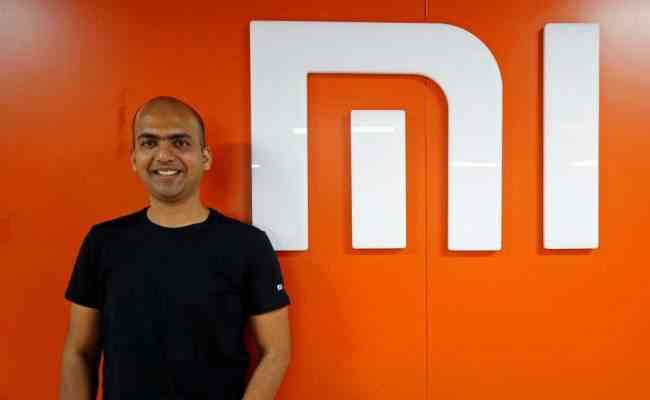
The Xiaomi India MD, Manu Jain said his company was more Indian than Indian handset companies. It made all its smartphones and most of its smart TVs here and sourced, on average, 65% of its components locally. It has a completely local leadership, and has generated employment for 50,000 people. “And 100% of the data of Indian users stays in India,” he said.
Xiaomi has seven manufacturing facilities - the biggest ones at the Sri City special economic zone in Andhra Pradesh and at Sriperumbudur in Tamil Nadu. The company has also partnered with contract manufacturers including Flex, Foxconn and Dixon. Jain said non-Chinese foreign rivals including one ‘US company’ imports all of their phones from China and local Indian brands only relabel and sell in India.
“People are talking about US brands, but forgetting that US branded phones are 100% made in China, every single component, and they’re just importing to India…There were so-called Indian brands...who didn’t even change the home screen; they just changed the logo and called it an Indian phone,” he said.
In the aftermath of the June 15 Galwan Valley clash, in which 20 Indian army men were killed by the Chinese, social media platforms have been buzzing with ‘boycott Chinese Products' campaigns with incidents being reported in some parts of the country. For example, slogans were raised outside two Xiaomi stores in the past week while rival Oppo’s factory in Greater Noida saw protests for a couple of hours last Saturday.
In Box: Jain said non-Chinese foreign rivals including one ‘US company’ imports all of their phones from China and local Indian brands only relabel and sell in India.
The anti-China sentiment prevailing in the country has not hurt Xiaomi’s sales yet. The company sold 10 million units in the January-March period to hold on to a 31.2% share, as per IDC. Vivo and Samsung trailed in the second and third positions.The company has been struggling to meet pent-up demand post-lockdown, he said, adding that it had been forced to import devices.
“The biggest challenge is the availability of manpower. It’s not only for manufacturing, even at warehouses, delivery boys, after-sales service centres, shop boys…We have been importing during the month of June because manufacturing is still taking time to ramp up and demand is extremely high,” said Jain.
“Luckily for us, a lot of our manpower was from local villages and not from other states and since 95% of our workforce in factories are women, we had already built dormitories…as long as the government regulations allow them, we should be able to ramp up hopefully, faster than many other people in the industry.” Jain said.


Legal Battle Over IT Act Intensifies Amid Musk’s India Plans
The outcome of the legal dispute between X Corp and the Indian government c...

Wipro inks 10-year deal with Phoenix Group's ReAssure UK worth
The agreement, executed through Wipro and its 100% subsidiary,...

Centre announces that DPDP Rules nearing Finalisation by April
The government seeks to refine the rules for robust data protection, ensuri...

Home Ministry cracks down on PoS agents in digital arrest scam
Digital arrest scams are a growing cybercrime where victims are coerced or ...

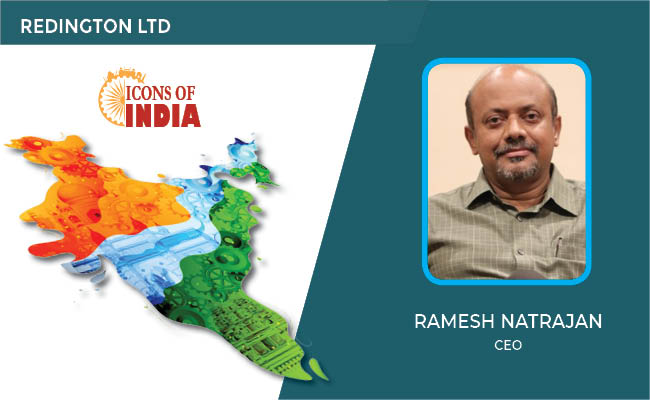
ICONS OF INDIA : RAMESH NATRAJAN
Ramesh Natarajan, CEO of Redington Limited, on overcoming ‘technolog...
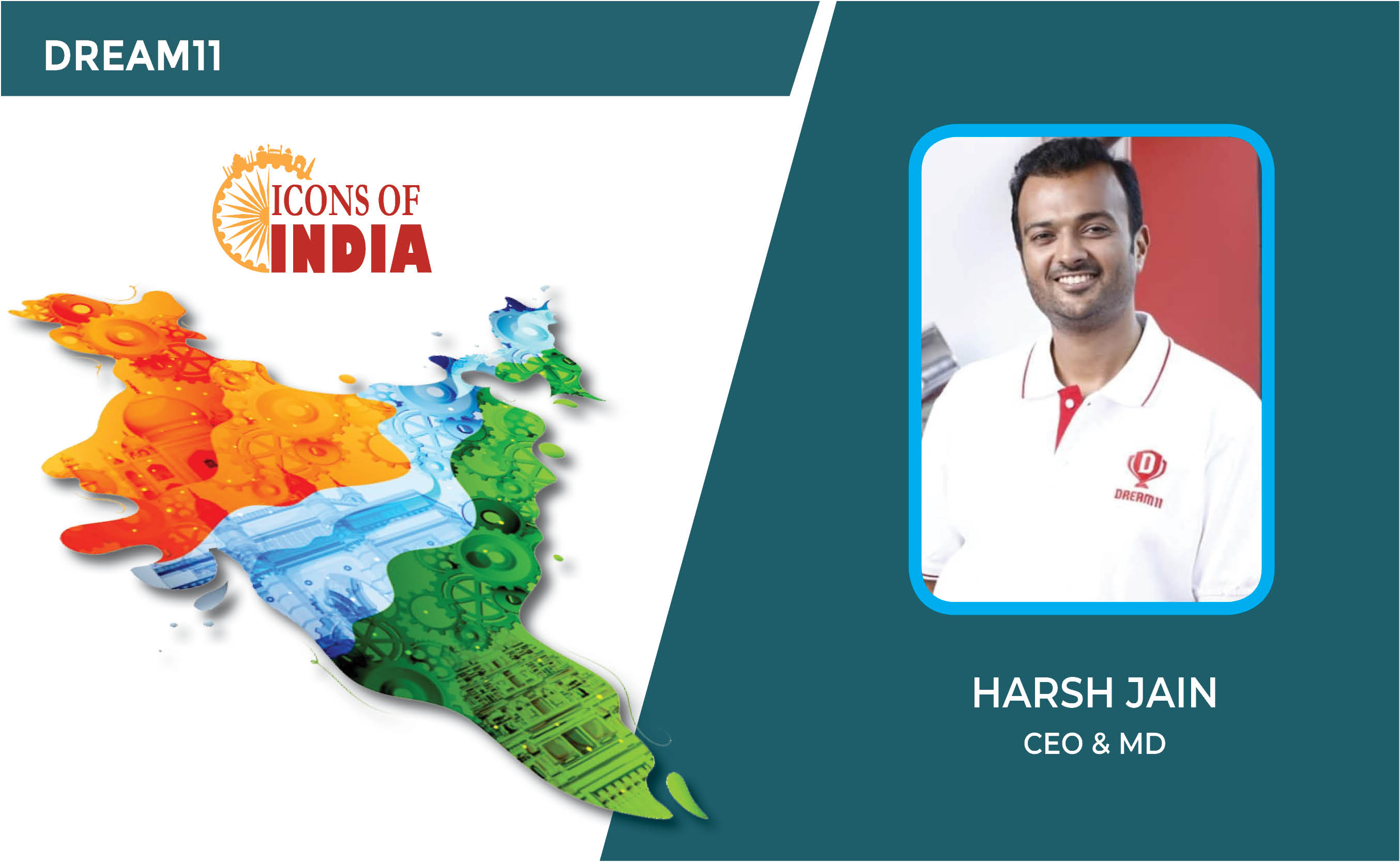
Icons Of India : Harsh Jain
Harsh Jain, the co-founder of Dream 11, the largest fantasy sports web...
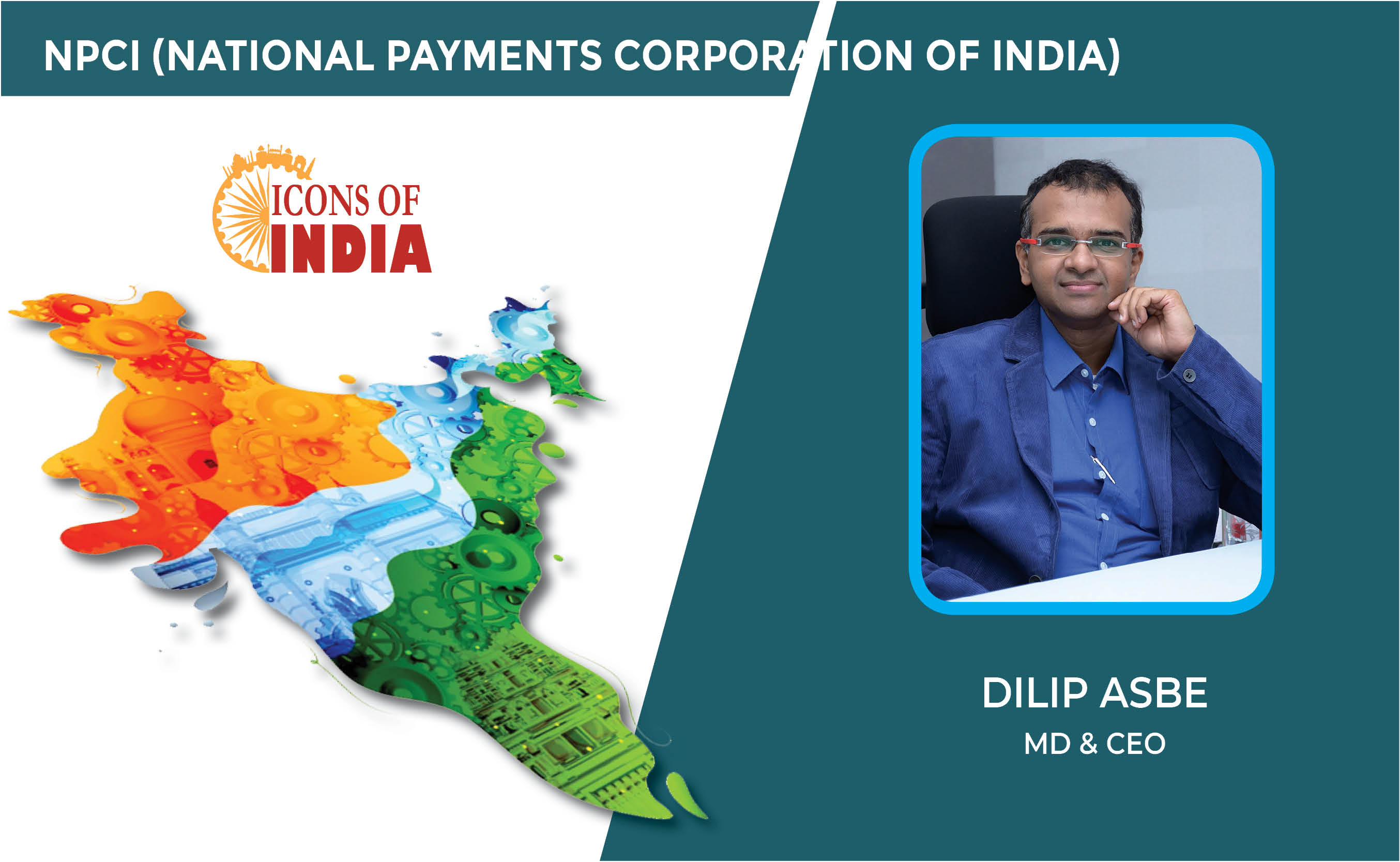
Icons Of India : Dilip Asbe
At present, Dilip Asbe is heading National Payments Corporation of Ind...

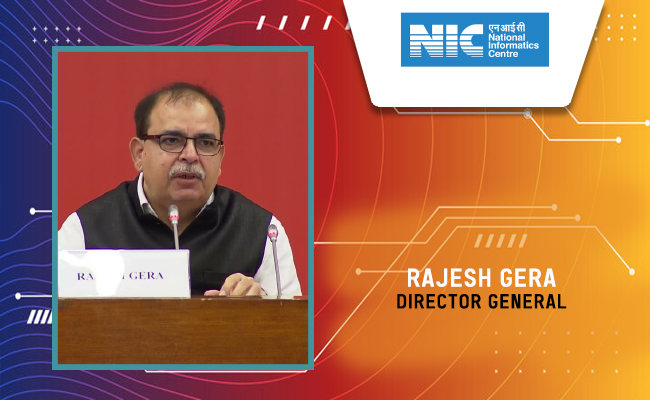
NIC - National Informatics Centre
NIC serves as the primary IT solutions provider for the government of ...
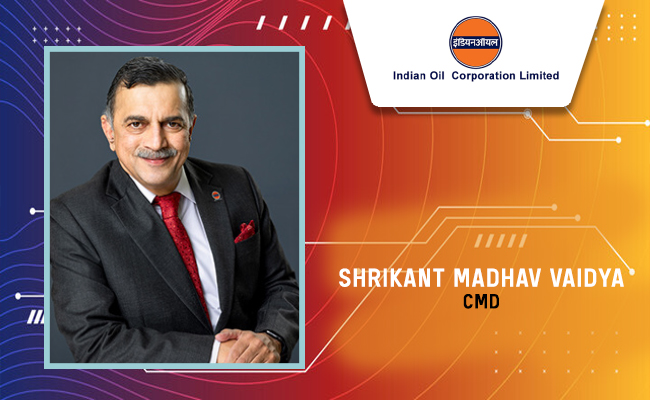
IOCL - Indian Oil Corporation Ltd.
IOCL is India’s largest oil refining and marketing company ...
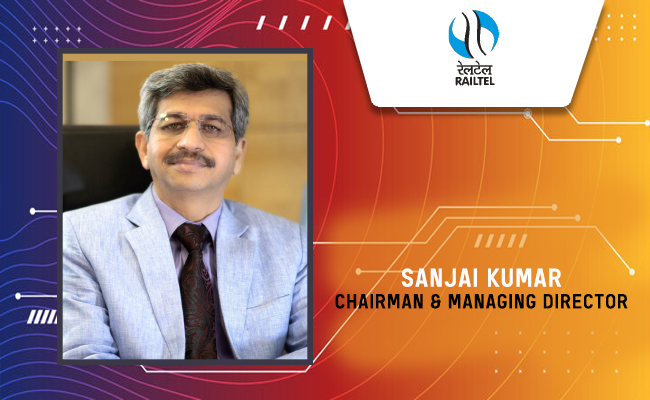
RailTel Corporation of India Limited
RailTel is a leading telecommunications infrastructure provider in Ind...


Indian Tech Talent Excelling The Tech World - ANJALI SUD, CEO – Tubi
Anjali Sud, the former CEO of Vimeo, now leads Tubi, Fox Corporation�...

Indian Tech Talent Excelling The Tech World - Sundar Pichai, CEO- Alphabet Inc.
Sundar Pichai, the CEO of Google and its parent company Alphabet Inc.,...

Indian Tech Talent Excelling The Tech World - Rajiv Ramaswami, President & CEO, Nutanix Technologies
Rajiv Ramaswami, President and CEO of Nutanix, brings over 30 years of...
 of images belongs to the respective copyright holders
of images belongs to the respective copyright holders